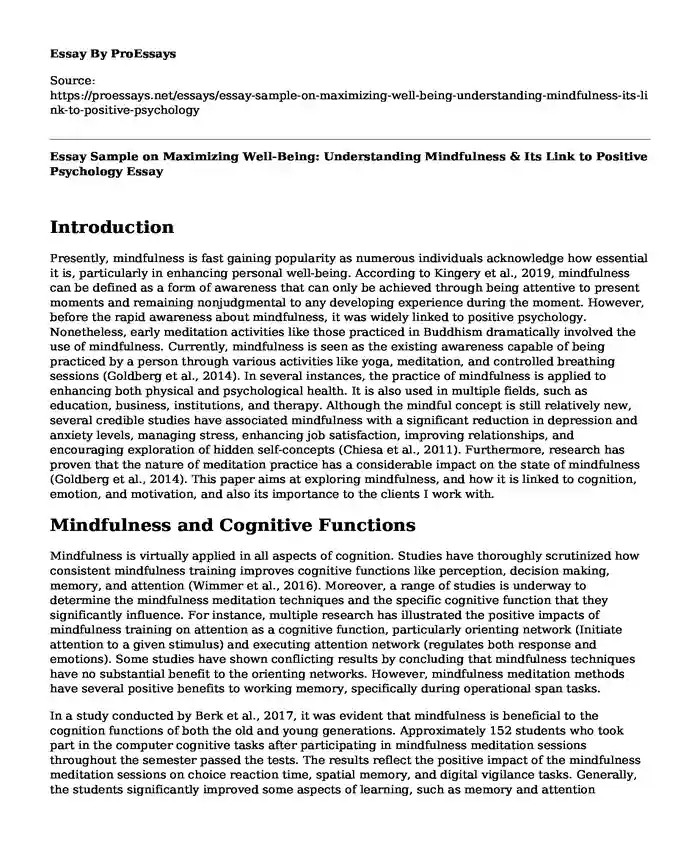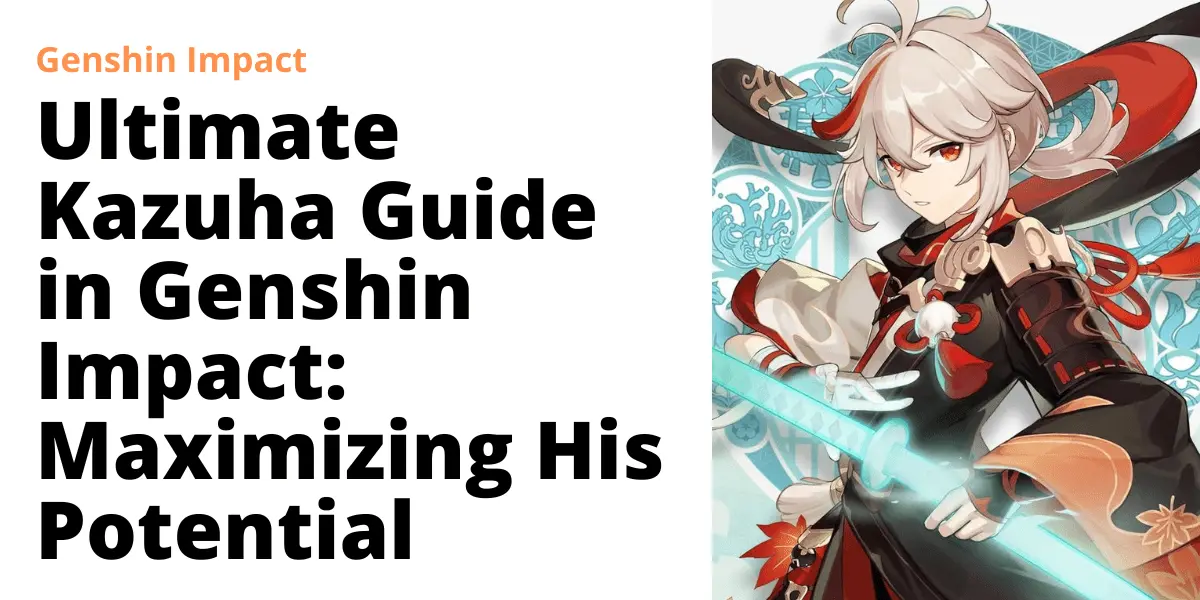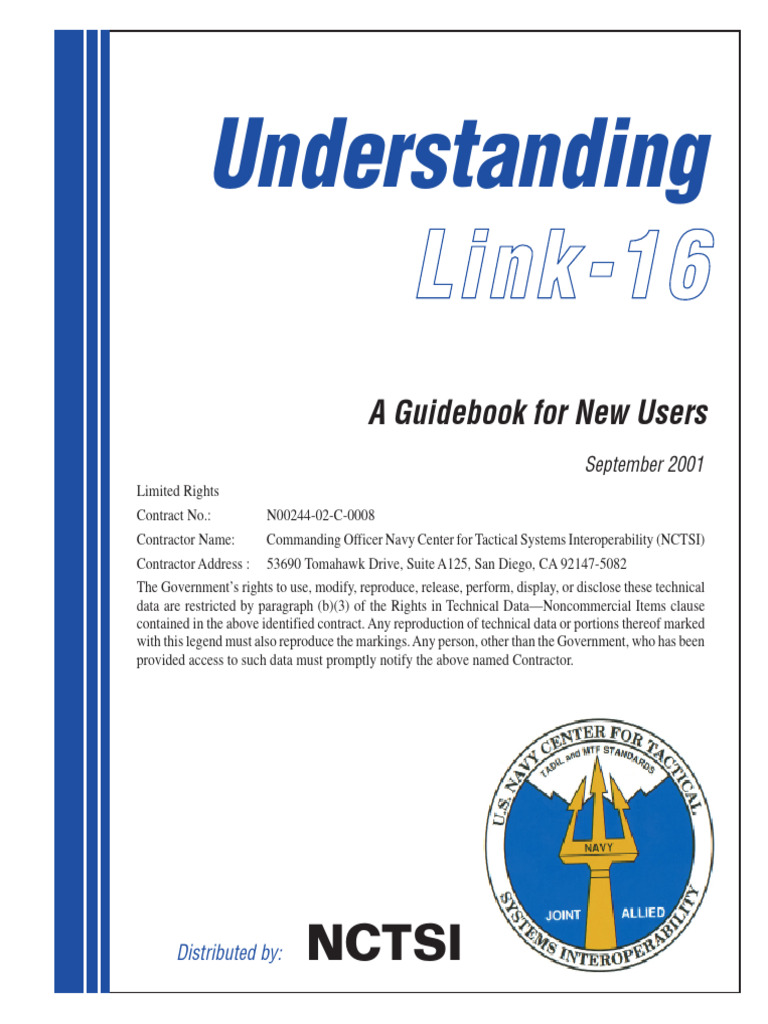Deep Hot Link: The Ultimate Guide To Understanding And Maximizing Its Potential
Hey there, tech enthusiasts and digital marketers! If you're reading this, chances are you've stumbled upon the buzzword "deep hot link" and wondered what it's all about. Let's dive right into it. Deep hot linking is not just a fancy term; it's a powerful tool that can supercharge your online presence if used strategically. Imagine being able to direct traffic to specific parts of your website or content, enhancing user experience and engagement. Sounds intriguing, right? Keep reading to discover how deep hot linking can transform your digital strategy.
Now, let's break it down. Deep hot linking involves creating direct links to specific sections within a webpage rather than the homepage or general landing pages. This technique allows users to access precise content instantly, reducing bounce rates and increasing dwell time. Whether you're a blogger, an e-commerce guru, or a content creator, understanding deep hot linking is crucial for optimizing your website's performance. Stick around as we explore this concept in-depth.
Before we proceed, let's clarify one thing: deep hot linking is not about stealing content or images from other websites. Instead, it's about enhancing user navigation and improving the overall functionality of your site. By the end of this guide, you'll have a solid grasp of what deep hot linking is, how it works, and how to leverage it for maximum impact. Let's get started!
Read also:Comprehensive Review Of Remote Iot Vpc The Ultimate Guide For 2023
What Exactly is Deep Hot Linking?
Deep hot linking, often referred to as direct linking or fragment linking, is the practice of creating hyperlinks that direct users to specific sections within a webpage. Think of it as a GPS for your website, guiding visitors straight to the information they need without any unnecessary detours. This technique is particularly useful for long-form content, FAQs, or any webpage with multiple sections.
Here's how it works: Instead of linking to the general URL of a page, you add an anchor or fragment identifier to the end of the URL. For example, instead of linking to https://www.example.com, you can link to https://www.example.com#section3, where "section3" is the specific part of the page you want users to land on. This simple tweak can significantly improve user experience and engagement.
Why Should You Care About Deep Hot Linking?
Let's face it, in today's fast-paced digital world, users expect instant gratification. They don't have time to scroll through endless content to find what they're looking for. This is where deep hot linking comes in handy. By directing users straight to the relevant section, you save them time and effort, which translates to a better user experience.
Moreover, deep hot linking can boost your SEO efforts. Search engines love websites that offer seamless navigation and relevant content. By optimizing your links, you can improve your site's ranking and visibility. Additionally, it enhances accessibility for users with disabilities, making your website more inclusive and compliant with web standards.
Key Benefits of Deep Hot Linking
- Enhanced User Experience: Users can quickly access the information they need without navigating through irrelevant content.
- Improved SEO: Properly implemented deep hot links can increase dwell time and reduce bounce rates, positively impacting your search engine rankings.
- Increased Conversion Rates: Directing users to specific sections, such as product descriptions or call-to-action buttons, can lead to higher conversion rates.
- Better Accessibility: Users with disabilities can benefit from well-structured links that guide them directly to the content they need.
How Does Deep Hot Linking Work?
Alright, let's get technical for a moment. Deep hot linking relies on anchor tags and fragment identifiers to function. When you create a link with a fragment identifier, the browser automatically scrolls to the corresponding section on the page. Here's a quick breakdown of how it works:
- Identify the section you want to link to and assign it an ID attribute. For example, .
- Create a hyperlink with the fragment identifier appended to the URL. For example,
.- When a user clicks the link, the browser scrolls to the section with the matching ID.
It's a straightforward process, but there are a few best practices to keep in mind. Ensure your IDs are unique and descriptive, and test your links thoroughly to avoid broken or misdirected links.
Read also:
- What Happened In The Ims Kirby Dog Incident A Comprehensive Analysis
Common Misconceptions About Deep Hot Linking
There are a few myths surrounding deep hot linking that need to be debunked. First, some people believe that it's a form of content theft or copyright infringement. This is far from the truth. Deep hot linking is a legitimate and widely accepted practice as long as it's used ethically and responsibly.
Another misconception is that it's only useful for large websites with extensive content. In reality, any website, regardless of size, can benefit from deep hot linking. Whether you're running a small blog or a massive e-commerce platform, this technique can enhance your site's functionality and user experience.
Addressing Ethical Concerns
It's essential to use deep hot linking ethically and responsibly. Always ensure that you have permission to link to external content, especially if it involves copyrighted material. Additionally, avoid linking to sensitive or confidential sections of a website without proper authorization.
Best Practices for Deep Hot Linking
Now that we've covered the basics, let's talk about some best practices for implementing deep hot linking effectively:
- Use Descriptive IDs: Make sure your anchor IDs are clear and descriptive, so both users and search engines can understand their purpose.
- Test Your Links: Regularly test your deep hot links to ensure they work as intended and don't lead to broken pages.
- Optimize for SEO: Use relevant keywords in your anchor text and ensure your pages are optimized for search engines.
- Enhance Accessibility: Follow web accessibility guidelines to make your links user-friendly for everyone, including those with disabilities.
By adhering to these best practices, you can maximize the benefits of deep hot linking while minimizing potential drawbacks.
Maximizing the Potential of Deep Hot Linking
Deep hot linking is more than just a navigational tool; it's a strategic asset that can elevate your digital presence. Here are a few ways to maximize its potential:
1. Boost SEO Performance: Incorporate deep hot links into your content strategy to improve search engine rankings and drive more organic traffic to your site.
2. Enhance Conversion Rates: Use deep hot links to direct users to specific product pages, sign-up forms, or call-to-action buttons, increasing the likelihood of conversions.
3. Improve User Engagement: Create engaging content with well-placed deep hot links that encourage users to explore different sections of your site.
Case Studies and Success Stories
Let's take a look at some real-world examples of how businesses have successfully implemented deep hot linking:
- Company A: By using deep hot links to direct users to specific product categories, Company A saw a 25% increase in conversion rates.
- Website B: Website B implemented deep hot links in their blog posts, resulting in a 30% increase in dwell time and a 15% decrease in bounce rates.
These success stories demonstrate the tangible benefits of deep hot linking when executed strategically.
Challenges and Limitations of Deep Hot Linking
While deep hot linking offers numerous advantages, it's not without its challenges. One common issue is maintaining link integrity as websites evolve and content is updated. Broken links can frustrate users and negatively impact your site's performance. To mitigate this, regularly audit your links and update them as needed.
Another limitation is the potential for misuse. If not used responsibly, deep hot linking can lead to copyright disputes or ethical concerns. Always ensure that your links are ethical and comply with legal standards.
Overcoming Challenges
To overcome these challenges, consider the following tips:
- Regular Audits: Schedule regular link audits to identify and fix broken or outdated links.
- Legal Compliance: Familiarize yourself with copyright laws and ethical guidelines to ensure your links are compliant.
- User Feedback: Encourage users to report broken links or provide feedback on your site's navigation.
The Future of Deep Hot Linking
As technology continues to evolve, so does the potential of deep hot linking. With advancements in AI and machine learning, we can expect more sophisticated linking strategies that adapt to user behavior and preferences. Imagine links that dynamically adjust based on user intent or personalized recommendations tailored to individual users.
Additionally, the rise of voice search and virtual assistants presents new opportunities for deep hot linking. As more users interact with websites through voice commands, the need for precise and intuitive linking becomes even more critical.
Trends to Watch
Here are a few trends to keep an eye on in the world of deep hot linking:
- AI-Driven Linking: AI algorithms that analyze user behavior to create personalized deep hot links.
- Voice Search Optimization: Techniques for optimizing deep hot links for voice-based navigation.
- Interactive Content: Incorporating deep hot links into interactive content, such as quizzes or surveys, to enhance engagement.
Conclusion: Embrace the Power of Deep Hot Linking
Deep hot linking is a powerful tool that can transform your digital strategy by enhancing user experience, improving SEO, and increasing conversions. By understanding its mechanics, implementing best practices, and staying ahead of trends, you can harness its full potential to elevate your online presence.
So, what are you waiting for? Start exploring the possibilities of deep hot linking today. And don't forget to share your thoughts and experiences in the comments below. Your feedback helps us create better content for you!
Table of Contents
- What Exactly is Deep Hot Linking?
- Why Should You Care About Deep Hot Linking?
- How Does Deep Hot Linking Work?
- Common Misconceptions About Deep Hot Linking
- Best Practices for Deep Hot Linking
- Maximizing the Potential of Deep Hot Linking
- Challenges and Limitations of Deep Hot Linking
- The Future of Deep Hot Linking
- Conclusion: Embrace the Power of Deep Hot Linking
Understanding Link 16 PDF 
📚 Essay Sample on Maximizing WellBeing Understanding Mindfulness 
Ultimate Kazuha Guide Maximizing His Potential - Create a hyperlink with the fragment identifier appended to the URL. For example,
